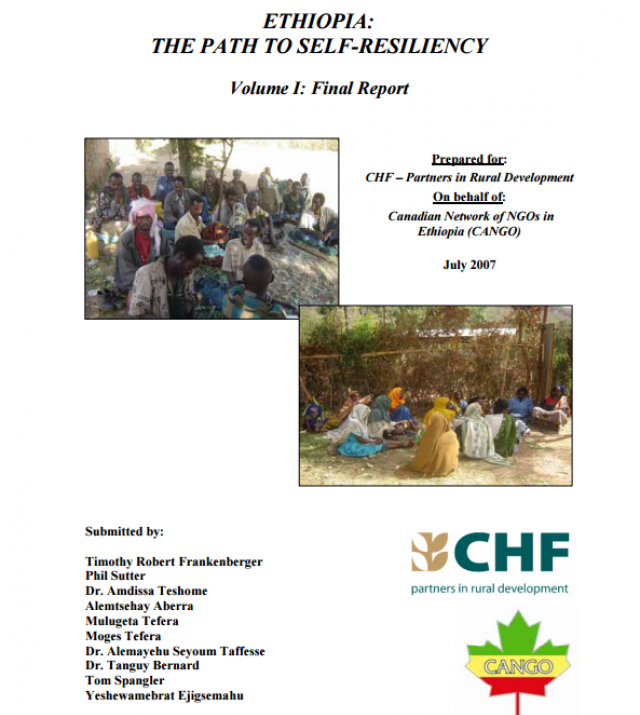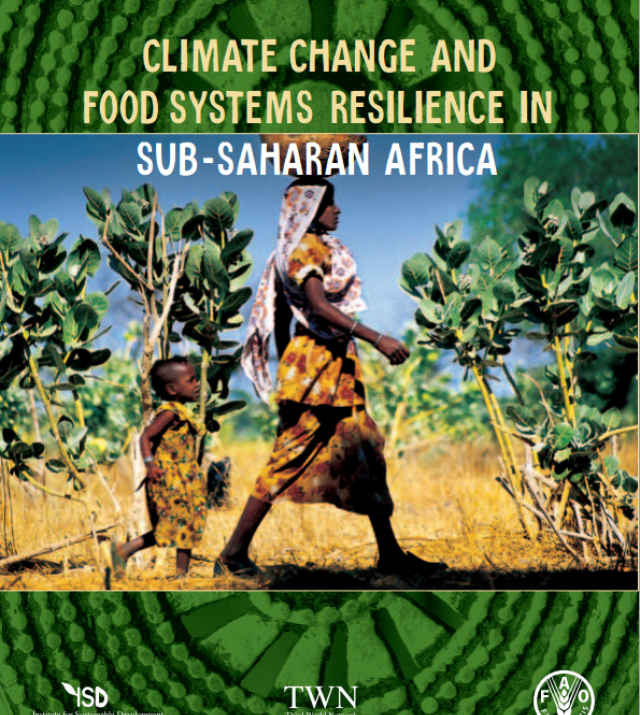
Preparing for the Future? Understanding the Influence of Development Interventions on Adaptive Capacity at Local Level in Ethiopia

Ethiopia is currently ranked 11th of 233 countries (and other political jurisdictions) in terms of its vulnerability to physical climate impacts, and 9th in terms of overall vulnerability, defined as physical impacts adjusted for coping ability (CGD, 2011). Yet little is known about its people’s adaptive capacity at individual and community level, or how existing interventions influence a community’s ability to adapt.
Recognising the complex relationship between climate and development, research conducted by the Africa Climate Change Resilience Alliance (ACCRA) seeks to explore how development interventions impact on adaptive capacity at the local level in Ethiopia, Uganda and Mozambique. It does so using the Local Adaptive Capacity (LAC) framework, within which adaptive capacity is composed of five interrelated characteristics, – the asset base; knowledge and information; institutions and entitlement; innovation; and flexible forward-looking governance. Primary and secondary data was gathered from three research sites in three Ethiopian regions, namely Ander Kello in Afar Region, Kase-hija in Oromia Region and Wokin in Amhara Region. This report is a synthesis of the key findings.
ACCRA’s research finds that, although interventions by governments and development partners are impacting, and in some cases contributing positively to, the characteristics of adaptive capacity, they often fall short of their full potential to enhance the capacity of households and local communities to adapt by not appreciating and maximising their contributions across all five characteristics of adaptive capacity. The LAC framework shows that the analysis of poverty and vulnerability, and resulting development interventions typically focus on only one or two of the five dimensions, principally broadening the asset base and, to a lesser extent, institutional arrangements.
The research concludes that, by using the LAC framework, more focused interventions could be developed that target both immediate development needs and longer-term adaptation requirements. Interventions can combine different approaches – disaster management, social protection and livelihoods promotion – all of which are necessary. This will only become more important given anticipated climatic and other changes.

